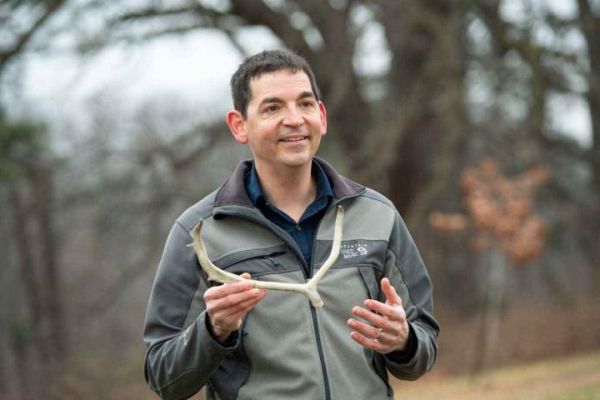Human activities might have shifted the movement of caribou in and near the Arctic National Wildlife Refuge, according to scientists with the University of Cincinnati.
Each year caribou take on one of nature’s longest land migrations, trekking hundreds of miles across Alaska and Canada to give birth and find food. A UC study published this week in the journal Frontiers in Ecology and Evolution identified a shift in one herd’s movements after the 1970s that coincided with changes in herd size and climate and construction of new roads and other energy infrastructure.
Researchers used isotope analysis of antlers shed by female caribou to track their historical patterns of movement over the landscape. Female caribou are unique among deer for growing and shedding antlers each year like males.
Read more at: University of Cincinnati
University of Cincinnati assistant professor Joshua Miller holds shed antler he collected from the Arctic National Wildlife Refuge to study caribou. (Photo Credit: Colleen Kelley/UC Creative)


